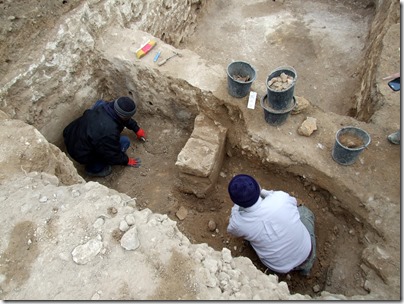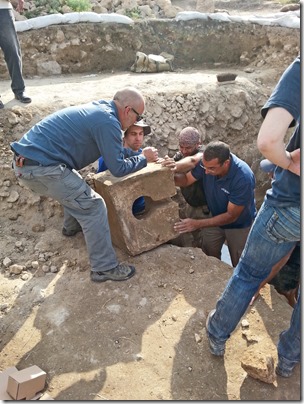A winepress from the 1st century BC has been discovered in Ashkelon.
A gang of antiquities thieves were caught in the act of plundering ancient tombs in Galilee.
Heritage Daily lists the top 10 archaeological discoveries of 2016, including the ancient shipwreck found at Caesarea.
The January/February 2017 issue of Biblical Archaeology Review includes stories on Khirbet Qeiyafa and the Pool of Siloam.
Wayne Stiles’s post on Bethlehem includes lots of photographs.
SourceFlix has released a new video short entitled “Born in Bethlehem.”
Ferrell Jenkins has created an index of his numerous articles related to Bethlehem.
National Geographic History: “How King Herod Transformed the Holy Land”
Israel’s supreme court is hearing a petition to identify the Western Wall Tunnels not only as a holy site for Jews but also for Muslims and Christians.
A staff member explain why the Temple Mount Sifting Project is so important and you should consider supporting it.
HT: Joseph Lauer, Agade, Charles Savelle, Paleojudaica





